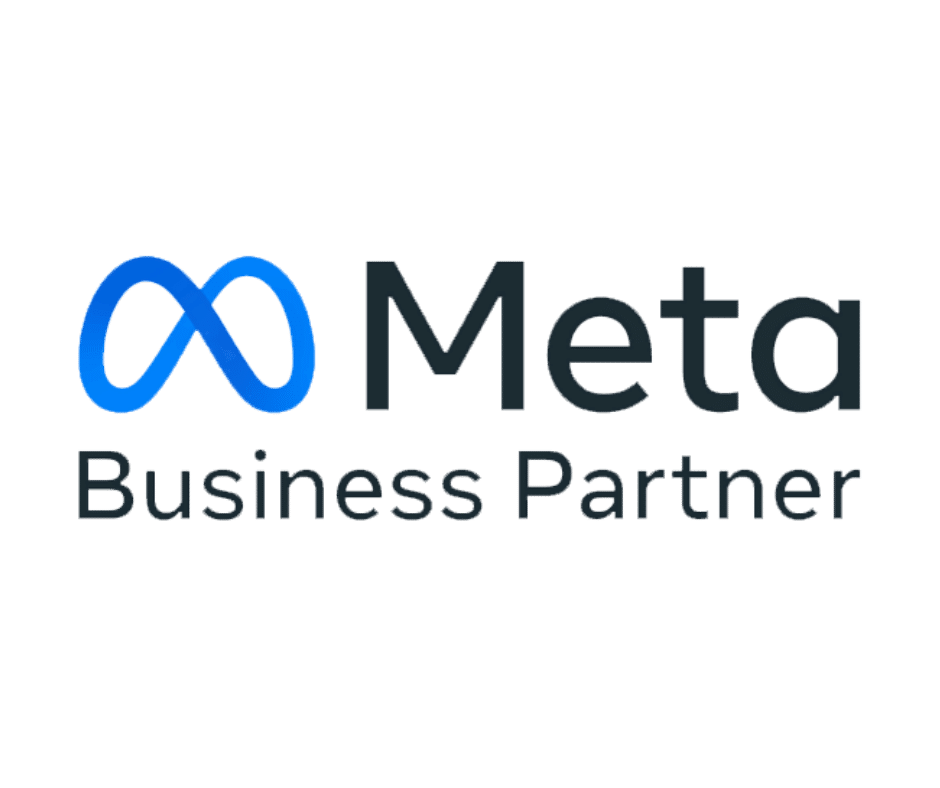The 5 Most Important Things You Need to Know About Google Analytics 4
Google Analytics 4 is a beast.
Mastering the intricacies of the platform has always been a feat, but now with the sunset of Universal Analytics (UA) in July 2023, analysing marketing metrics has become a tad bit tricker for marketers. Google Analytics 4 (GA4) is the next-generation measurement solution by Google and it’s here to stay. For now, at least.
As a marketing manager, I know it’s hard to keep up with all the changes happening in the space. So, we’ve summarised the most important and relevant changes from UA to GA4. This article will help you make better marketing decisions at best and have better conversations with your agency/digital marketing team at least.
The 5 Most Important Things You Need to Know About Google Analytics 4
1. You can’t compare Year-on-Year metrics if GA4 isn’t set up properly
Rocket and the rest of the industry, including Google, have been drumming on about this for months. It’s not about comparing apples to apples. You’ll be left comparing apples to nothing. Your older Google Analytics platform, Universal Analytics, has stopped capturing data as of the 1st of July 2023.
Historical data will be available to view for 12 months after the cutoff but eventually, you will lose the ability to see any historical data in analytics in 2024.
UA metrics are based on sessions and page views, GA4 is based on events and parameters. If your GA4 is not set up to capture website events that mirror UA goals(as best as possible), you will not be able to compare year-on-year conversion performance. It’s possible that you’ve already lost a couple of months of data if you haven’t made the shift, but it’s not too late! Make sure your digital team completely migrates to GA4 asap.
2. Goals in UA vs Conversion Events in GA4
Conversions were all about Goal Completions in UA. Previously, you defined a particular user action, like Form Submission, as a “goal”. UA supported five types of goals: destination, duration, pages/session, smart goals and event goals. GA4 does not support goals; however, it has “conversion events” where you specify a user action that you want to count as a conversion. These new metrics are available to track engagement like scrolls, clicks, video engagement, transactions, form completions, file downloads and more.
The only drawback is that you can’t duplicate a Smart goal or a destination goal to GA4 conversion events. It’s important that marketers keep this in mind while making data-driven decisions. Your total number of conversions will be skewed in GA4 based on what you have been measuring previously.
3. GA4 consolidates tracking across websites and apps
Much to the delight of marketers, GA4’s new set up supports consolidated tracking across websites and apps. Previously, there was no easy way to combine mobile app and website data for unified data analysis and reporting. As a result, it is much easier to track users through Conversion Events across multiple devices and platforms, including apps - giving you a more robust picture of the user’s journey across your digital assets.
4. GA4 is privacy-centric and implements machine learning to deliver predictive analytics
GA4 is compliant with GDPR and the California Consumer Privacy Act. It doesn’t use third-party cookies or collect IP addresses by default. Instead, it uses machine learning to ‘fill in the missing data’ to deliver reports. This cutting-edge technology will give you a better understanding of user engagement and conversion paths.
The machine learning aspect is especially useful for eCommerce businesses where GA4 has introduced predictive analytics with out-of-the-box metrics such as Purchase probability, Churn probability and Predicted revenue.
5. GA4 offers new and powerful out-of-the-box reporting
GA4 has launched a section of reporting called “Insights and Recommendations”. These reports automatically analyse your data and draw conclusions to help you make better decisions. For example, for eCommerce businesses, it might display a highlighting the channel most commonly seen within the conversion path of your users. You’ll also probably see data on which source/medium drove the most conversions.
A new set of reports called “Explorations” is now available on GA4 which enables you to perform advanced analytics with just a few clicks, going far beyond standard reporting. The platform is more flexible and customisable than UA, giving you better control over how to collect and analyse data. You can customise reports and dashboards in ways that were not possible in UA.
This is the tip of the iceberg. There are many more nuances to GA4 that make the platform so powerful and the preferred choice by digital marketers across the world. All things said and done, like any other tool, GA4 is truly useful only if it is implemented well.
If you're disappointed with how your current agency has handled your GA4 migration and your your digital campaigns, let's talk. A second opinion from Rocket never hurt.

Webinar: Digital Marketing in Australia
Join us for a live, moderated 60-minute webinar presented by James Lawrence on the latest changes to digital marketing. Understand attribution and data challenges, AI and how to balance brand and performance ads. Get 8 actionable steps to get digital right this year.
About the Author

Eshita is Rocket Agency’s Head of Marketing and Email Lead. Eshita has been a finalist at the B&T Women In Media awards in the marketing category for her success in scaling Rocket’s own marketing efforts.
Previously, Eshita was the Marketing Manager at SalesITV where she was responsible for executing the marketing strategy and operations focused on lead generation, lead nurturing and sales conversion.
She has had in-depth experience in monetising owned media channels and scaling and running successful online webinars. What’s more, Eshita’s experience working closely with sales teams has enhanced her skillset as a proficient marketer who achieves impressive results.









































